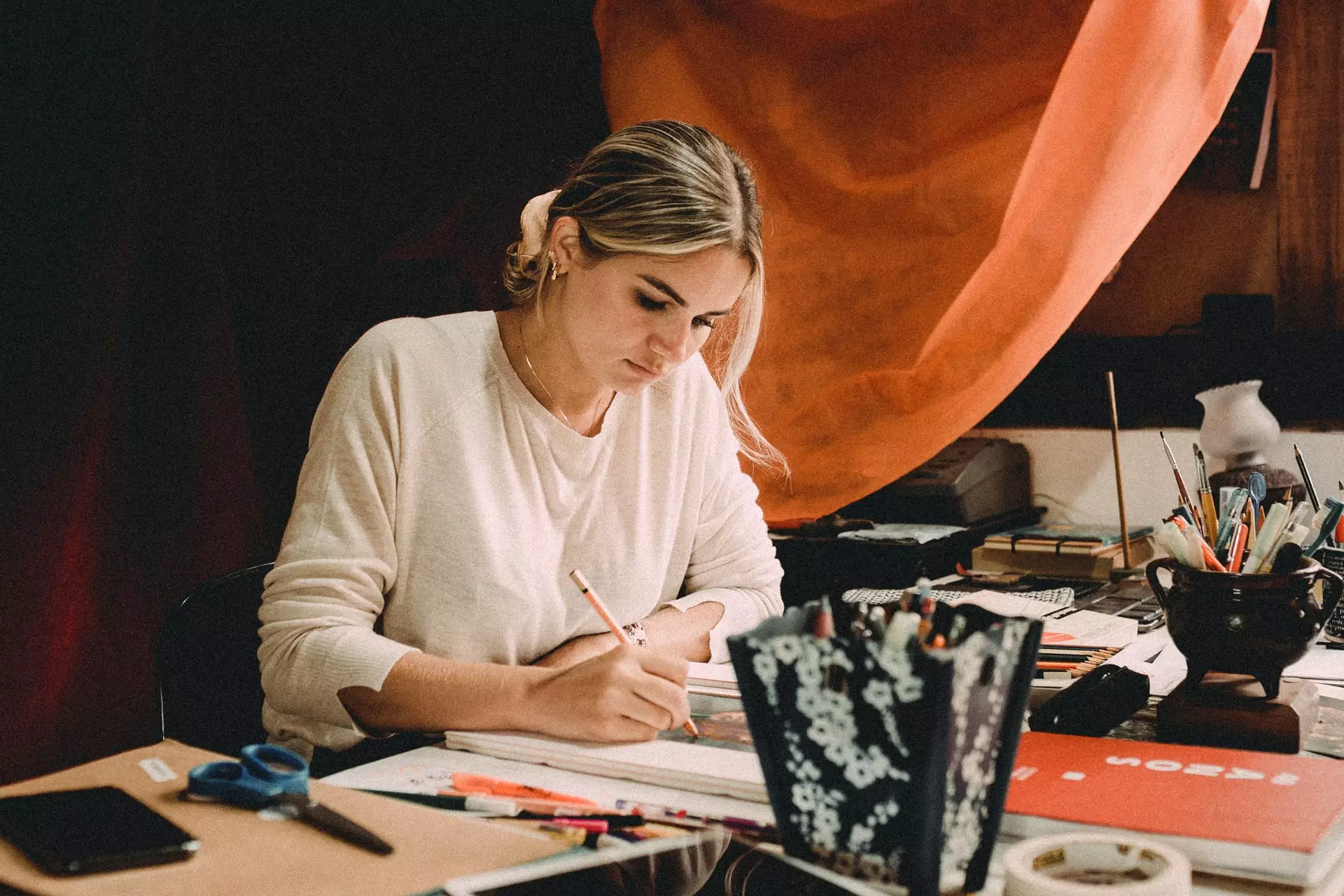
One of the troubles we face in recovery is when we lose sight of hope. It happens from time to time that we lose the ability to see that our lives have a path we can believe in, that we have a future worth believing in.
The following two Art Therapy exercises are for helping picture our lives, to remember and conceive that our lives have purpose and direction.
Like a bird who flies far above the problem situation, you can take the eagle’s perch view of your life and it can help you have the strength and hope to move on.
These exercises can both be done just with markers or pencils and paper, or you can also use paint and other materials.
Gifting Hands
Part 1: Trace Your Hands
On a sheet of paper that’s big enough to trace both of your hands, trace your left hand onto the left side of the paper, and trace your right hand onto the right side of your paper.
Part 2: What You Want to Receive
Inside the outlines of the left hand, write and/or draw symbols of all the things that you would like to receive.
If you could have everything you want, what would you like life to bring to you? It’s ok to put material things in there, but also consider other aspects. You may want things like courage, solace, or joy.
Part 3: What You Want to Give
Within the outlines of the right hand, write or draw symbols of the things that you would give to the world if you were able. Things like “shelter for all”, or intangibles like “inspiration” and “self-confidence” go here.
Part 4: Reflect
Looking at the two hands, how do you feel? If the exercise has worked for you, you may feel lighter and more connected to an expansive energy, a life flow, care for other human beings.
Maps
The following exercise takes three sheets of paper.
You are going to draw three maps, each one looking a little bit like an old-timey treasure map or a fantasy map of an imaginary country. You’ll draw a trail as though making a guide for another, while also loosely indicating the major landmarks of the symbolic terrain.
Part 1: Where You’ve Been
On the first sheet of paper, mark an X to mean where your life began. From there, start to draw out the winding path of your life. Alongside the path, draw symbols and write down words that come to mind when you consider the questions, “Where I have been? What’s behind me on this path of life? What kinds of spaces have I already moved through?”
You might identify specific things that happened in your past (“moved to Kentucky”), or general phrases like “misunderstood at school” or “addicted”. Feel free to be playful and metaphorical with how you describe what you’ve been through, such as drawing the “swamps of despair” or “cliffs of isolation”.
When you have expressed everything you have to say about the terrain you have lived through already in your life, good bad and ugly, set the paper aside and start the second paper.
Part 2: Where You’re Going
The second map is where you’re heading, if all things go well. Where are you off to, ideally? Do the same thing as on the first paper, except this time describe the terrain you would like to walk in your future.
This map should feel bright and wonderful, picturing all the things that would mean a good life to you. “Adopt a pet”, “fall in love”, “community” or “exciting career” – whatever you would love to have in your future. Keep working on the drawing until it feels full of light, positive indications of your future.
Part 3: What Connects the Two?
Finally, draw the third map on the third paper – the connector map or bridge. This sheet of paper shows how you would get from the first one (where you’re coming from), to the second one (where you’re going). This last map is meant to be fitted between the other two and is a transitional piece that connects the two others.
On this map you will indicate the path of recovery you will need to walk, what you will need to move through, what type of terrain you need to face, to get to where you want to be. This is where your intuition will speak to you about what needs to be done in order to change your life for the better. Things like “grieve the past and let go of it” or “build friendships in AA” may be placed here.
Part 4: Take it All In
When you’re done, put the three maps all together, with the bridge map in the middle connecting your past to your future. Take a look at the whole story, starting from where you began, then passing through the bridge, ending up in your positive future.
What can you learn from what you intuitively sense and know about your journey, now reflected back to you in your art? Journal about your insights.
Thanks for reading!

